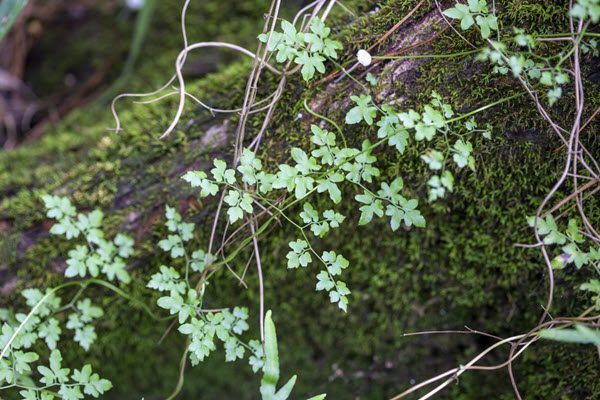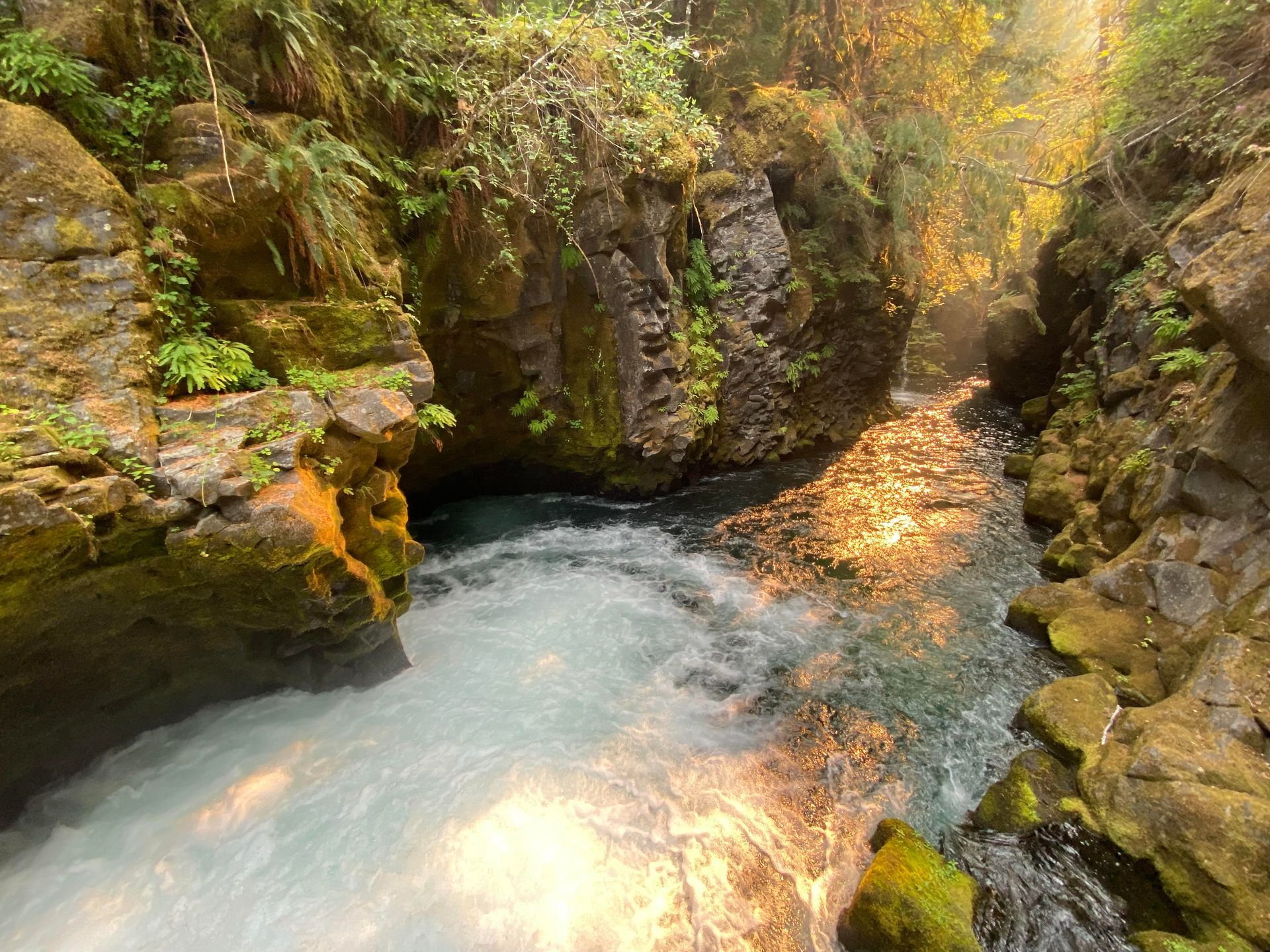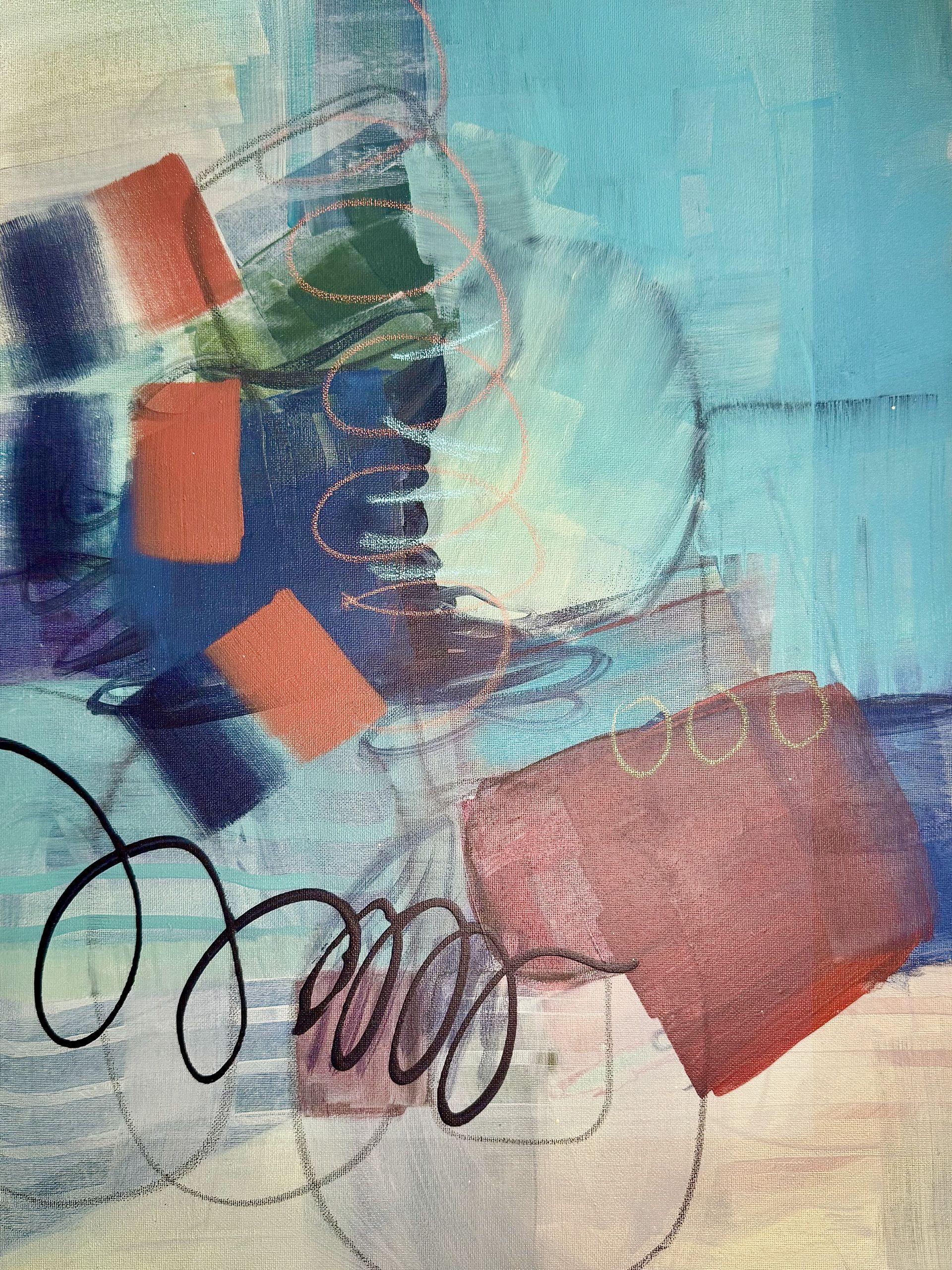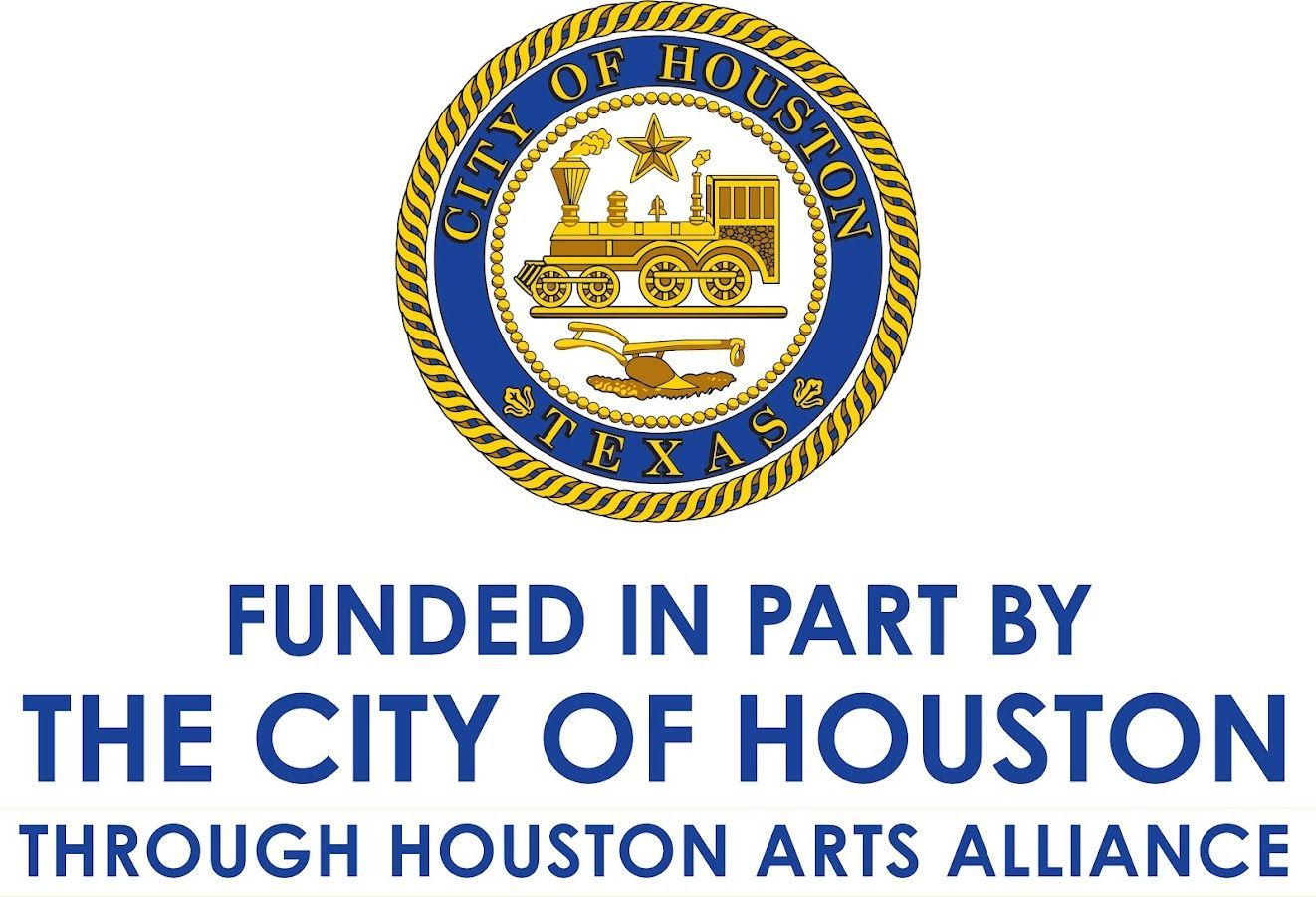The other world in this one

The other world in this one
Friends,
My neighbor’s daughter is singing over the fence as I write this on my back porch, an unguarded stream of consciousness that is strong, confident, happy, part of the gentle cacophony of locusts and doves, dogs and car tires on asphalt that my preoccupied ears wouldn’t have registered before the pandemic. “There is another world, and it is in this one,” wrote the poet Paul Eluard.
One recent Friday night I was the guest speaker at the Texas chapter of the Caribbean Chamber of Commerce, held online in our new videoconferenced world. I’ve spent a lot of time in Zoom and Microsoft Teams these last two months, those flat checkerboards of pixelated faces, and I imagine you have too. I get brief glimpses of intimate spaces I never would have seen otherwise. For two hours we talked about fear, shame, and grief during the pandemic, and what we can do to keep grounded and sane. One of the faces on that call was staring out at the rainy road ahead of her as she drove home from work. Her face shook as the wheels bumped along. She told us that her mother died of COVID and that she hadn’t stopped moving since, afraid to feel anything. She has hypertension, and when she last checked, her blood pressure was in a dangerous place. The car hit a hole and the phone shook loose of its bracket, sending her face spinning out of the frame. She reappeared later, safe at home.
Her face happened to be black. This weekend, we are grappling with the senseless death of yet another unarmed black man in this country. For some thoughts about what white people can do in this moment, we’ve posted a brief video, which you can access by clicking here.
We live in a liminal space now. Anthropologists used that term to refer to the period between two identities, when children leave the safety of the hearth to be initiated into adult life by the elders of the community. The liminal period is in-between, when we are not what we were and are not yet what we will become. It is a kind of death, and a waiting for rebirth. It also often involves wounding, scarring. Mass trauma events like the pandemic disrupt basic experiences of continuity in our lives – the continuity of a stable work identity, of a paycheck, of regular contact with people we love, of meetings and coffee shops and basketball games and church services.
The other world in this one is pushing through, and if we pay attention, we can be part of its emergence. The extraordinary people of Harris County Public Health and the City of Houston’s Health Department are close to it now. Since mid-March, I have been privileged to sit with many of them, breathing the same air in conference rooms and entering their homes and offices through webcams. We’ve talked about self-care and the superhuman pressures they are under right now to keep us safe. Public health departments have been systematically defunded over the last thirty years. Now, we desperately need them to stay in their roles, to do the methodical work of tracking the path of COVID through our community. There are far too few of them and none have experience with something like this, young professionals committed to serve the common good who did not know what sacrifices would be asked of them when they took these jobs, or how heavy the burden would be.
In one of those rooms, early on, one of those committed few confessed that what she was most grateful for that week were the “illegal hugs” she got from her colleagues at moments of crisis. It’s an image of heartbreaking dissonance, the basic human comfort that has been rightly outlawed, taken from us when it could do so much to help our fear and grief and loneliness. The other world is upending the most basic assumptions of this one, or that old one, which is already passing away.
But, as my colleague Michael Craig wrote early in this experience, our hearts and minds can share spaces our bodies cannot. And our bodies are now beginning to share spaces again, haltingly, with great uncertainty, sometimes in brazen rebellion, always relating to the bold face of suffering, our fear of it, and our measures to ease its power. The future holds many decisions we feel unequipped to make, risks that we have to calculate on the fly, grievous economic dislocations and inequities, and fractures in relationships that we never expected.
It also holds great promise. We cannot ignore the suffering — physical, economic, spiritual — that comes with this moment. If we deny that, or make it serve some greater meaning or purpose, we lose the promise. The other world is pushing through, destroying much that was beautiful and irreplaceable, and much that was broken and desolate. For me, the promise is in the voice of my neighbor’s daughter, singing. It is in the faces gathered in grids on screens to reflect candidly, passionately, with clarity and vulnerability about real things. Our lives have always been under threat. Now we can see it, and seeing it frees us to speak openly about what matters most in our lives.
The Jung Center has been privileged to serve its mission online since mid-March. Our faculty and staff cancelled a significant part of our spring programming and rebuilt it from scratch, with most of what we’ve done offered free of charge and without faculty honorarium. If you know a Jung Center instructor, thank them — they have been so generous with their gifts. We will continue to plan programming on a rolling basis, with many summer offerings already on our website and many more to come.
Our building will not reopen to the public in a consistent way this summer, though we will be opening the bookstore for curbside service on Tuesdays and Thursdays (Elissa Davis would LOVE to hear from you, at edavis@junghouston.org). We will not be mailing our program guide for summer, to reduce costs at a time when all of our resources are stretched thin.
We continue to serve the mental health needs of the broader community through ongoing work on self-care and burnout with the staffs of regional public health departments and local nonprofit organizations working on the pandemic and the great social crises that have accompanied it. Alejandro Chaoul and our Mind Body Spirit Institute continues to work closely with hospital staffs on their self-care through this crisis.
This would normally be the time of year when we encourage you to consider becoming a member, or renewing your membership. We won’t be mailing letters this year, to save expense. If you aren’t a member, consider joining this community and supporting our work. Now more than ever, we need each other, and a commitment to action rooted in reflection and connection, to seeing the other world in this one.
Warmly,
Sean
The post The other world in this one appeared first on The Jung Center of Houston, Texas.






